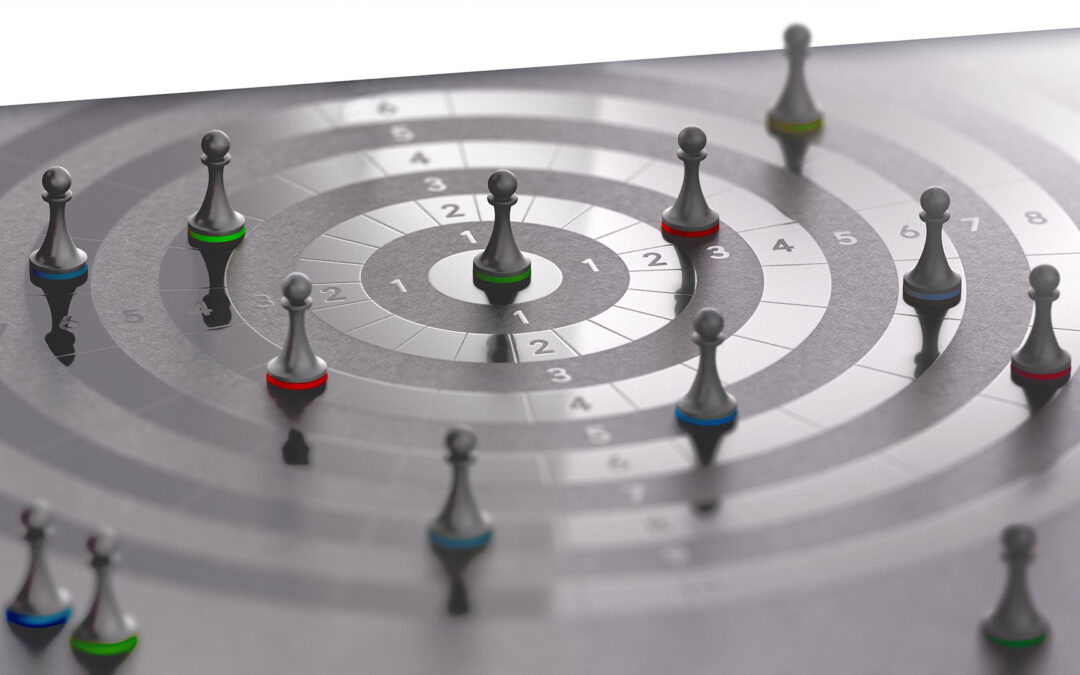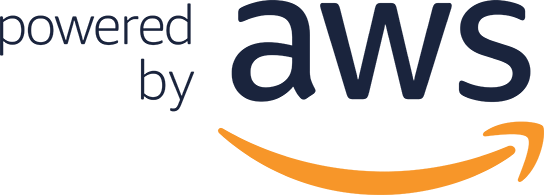Forecasting is a fully developed business process that most organizations still struggle with today. Almost everyone’s top priority is probably to be able to consistently and accurately forecast Sales, Demand, Costs, Inventory, etc. The inability to obtain a good forecast frequently has a significant business impact. Inaccurate forecasting leads to overstocking or running out, resulting in high costs and excess, impacting the bottom line and the success of the company.
A good forecast should give you enough confidence to make sound business decisions. For a more efficient forecast, consider these best practices:
- What are the most common forecasting methods, and why do they produce inaccurate results.
- How to achieve better ROI and optimal processes through scale, granularity, and agility
- How to improve forecasting accuracy
- How to use simple machine learning and artificial intelligence tools to get accurate and scalable forecasts

A Practical Guide to Growing a Professional Forecasting Process
Many companies looking to improve their forecasting process don’t know where to start. It can be confusing to contend with learning new statistical methods, making sure data is properly structured and updated, agreeing on who “owns” the forecast, defining what ownership means, and measuring accuracy. Having seen this over forty-plus years of practice, we wrote this blog to outline the core focus and to encourage you to keep it simple early on.

Everybody forecasts to drive inventory planning. It’s just a question of how.
Often companies will insist that they “don’t use forecasts” to plan inventory. They often use reorder point methods and are struggling to improve on-time delivery, inventory turns, and other KPIs. While they don’t think of what they are doing as explicitly forecasting, they certainly use estimates of future demand to develop reorder points such as min/max.

Correlation vs Causation: Is This Relevant to Your Job?
Outside of work, you may have heard the famous dictum “Correlation is not causation.” It may sound like a piece of theoretical fluff that, though involved in a recent Noble Prize in economics, isn’t relevant to your work as a demand planner. Is so, you may be only partially correct.

Types of forecasting problems we help solve
Generating accurate statistical forecasts isn’t an easy task. Planners need to keep historical data continually up to date, build and manage a database of forecasting models, know which forecast methods to use, keep track of forecast overrides, and report on forecast accuracy. Here are examples of forecasting problems that SmartForecasts can solve, along with the kinds of business data representative of each.

Three Ways to Estimate Forecast Accuracy
Forecast accuracy is a key metric by which to judge the quality of your demand planning process. Once you have forecasts, there are several ways to summarize their accuracy, usually designated by obscure three- or four-letter acronyms like MAPE, RMSE, and MAE.
What Silicon Valley Bank Can Learn from Supply Chain Planning
If you had your head up lately, you may have noticed some additional madness off the basketball court: The failure of Silicon Valley Bank. Those of us in the supply chain world may have dismissed the bank failure as somebody else’s problem, but that sorry episode holds a big lesson for us, too: The importance of stress testing done right.
Problem
Generating accurate statistical forecasts isn’t an easy task. Planners need to keep historical data continually up to date, build and manage a database of forecasting models, know which forecast methods to use, keep track of forecast overrides, and report on forecast accuracy. These steps are typically managed in a cumbersome spreadsheet that is often error-prone, slow, and difficult to share with the rest of the business. Forecasts tend to rely on one-sized fits all methods that require seasonality and trend to be added manually resulting in inaccurate predictions of what comes next
Solution
SmartForecasts ® Cloud
Accurate Demand Forecasts
Best Forecasting Methods

Imports Historical Data
What can you do with SmartForecasts?
- Run a forecasting tournament that selects the right forecasting method for each item.
- Hand-craft forecasts using several time-series forecasting methods and non-statistical methods.
- Automatically predict trends, seasonality, and cyclical patterns.
- Imports demand data from files
- Leverage ERP connectors to automatically import demand data and return forecast results
Who is SmartForecasts for?
• Demand Planners.
• Forecast Analysts.
• Material & Inventory Planners.
• Operational Research Professionals.
• Sales Analysts.
• Statistcally Minded Executives.
A Reliable and Secure Platform











